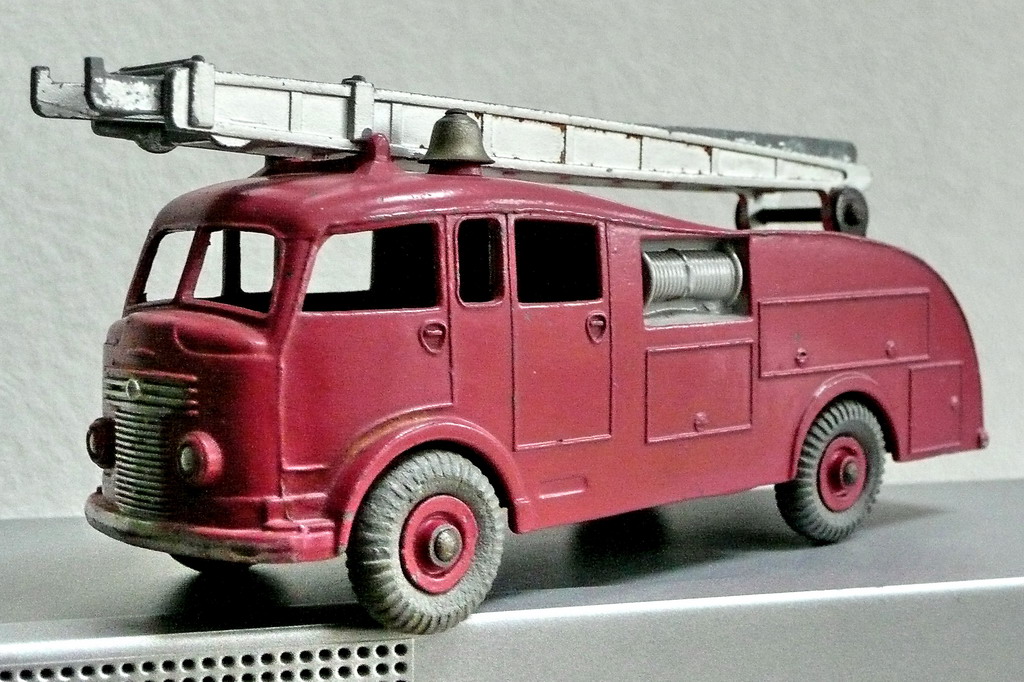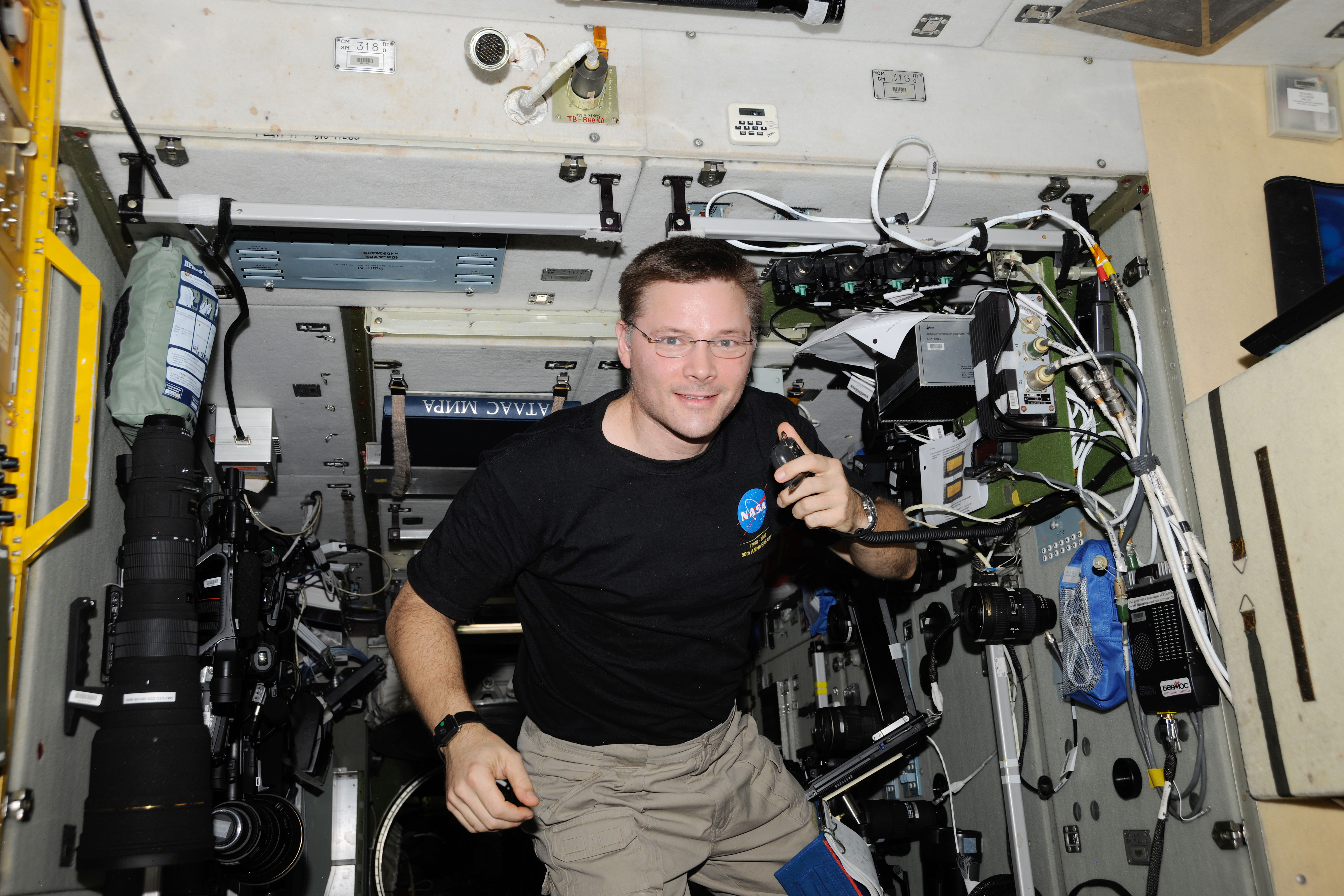|
Teletype Model 33
The Teletype Model 33 is an electromechanical teleprinter designed for light-duty office use. It is less rugged and cost less than earlier Teletype machines. The Teletype Corporation introduced the Model 33 as a commercial product in 1963 after being originally designed for the United States Navy. There are three versions of the Model 33: * Model 33 ASR, (Automatic Send and Receive), which has a built-in eight-hole punched tape reader and tape punch; * Model 33 KSR (Keyboard Send and Receive), which lacks the paper tape reader and punch; * Model 33 RO (Receive Only) which has neither a keyboard nor a reader/punch. The Model 33 was one of the first products to employ the newly-standardized ASCII code, which was first published in 1963. A companion Model 32 used the older, more-established five-bit Baudot code. Because of its low price and ASCII-compatibility, the Model 33 was widely used with early minicomputers, and the large numbers of the teleprinter which were sold strongly ... [...More Info...] [...Related Items...] OR: [Wikipedia] [Google] [Baidu] |
Glass Teletypes
A computer terminal is an electronic or electromechanical hardware device that can be used for entering data into, and transcribing data from, a computer or a computing system. The teletype was an example of an early-day hard-copy terminal and predated the use of a computer screen by decades. Early terminals were inexpensive devices but very slow compared to punched cards or paper tape for input, yet as the technology improved and video displays were introduced, terminals pushed these older forms of interaction from the industry. A related development was time-sharing systems, which evolved in parallel and made up for any inefficiencies in the user's typing ability with the ability to support multiple users on the same machine, each at their own terminal or terminals. The function of a terminal is typically confined to transcription and input of data; a device with significant local, programmable data-processing capability may be called a "smart terminal" or fat client. A te ... [...More Info...] [...Related Items...] OR: [Wikipedia] [Google] [Baidu] |
Punched Tape
Five- and eight-hole punched paper tape Paper tape reader on the Harwell computer with a small piece of five-hole tape connected in a circle – creating a physical program loop Punched tape or perforated paper tape is a form of data storage that consists of a long strip of paper in which holes are punched. It developed from and was subsequently used alongside punched cards, differing in that the tape is continuous. Punched cards, and chains of punched cards, were used for control of looms in the 18th century. Use for telegraphy systems started in 1842. Punched tape was used throughout the 19th and for much of the 20th centuries for programmable looms, teleprinter communication, for input to computers of the 1950s and 1960s, and later as a storage medium for minicomputers and CNC machine tools. During the Second World War, high-speed punched tape systems using optical readout methods were used in code breaking systems. Punched tape was used to transmit data for manufacture ... [...More Info...] [...Related Items...] OR: [Wikipedia] [Google] [Baidu] |
Die-cast Metal
A die-cast toy is a toy or a collectible model produced by using the die-casting method of putting molten lead, zinc alloy or plastic in a mold to produce a particular shape. Such toys are made of metal, with plastic, rubber, glass, or other machined metal parts. Wholly plastic toys are made by a similar process of injection molding, but the two methods are distinct because of the properties of the materials. Process The metal used in die-casting is either a lead alloy (used early on), or more commonly, Zamak (called ''Mazak'' in the UK), an alloy of zinc with small quantities of aluminium and copper. Lead or iron are impurities that must be carefully avoided in Zamac, as they give rise to a deterioration of the metal most commonly called zinc pest. The terms white metal or pot metal are also used when applied to alloys based more on lead or iron. The most common die-cast vehicles are scale models of automobiles, aircraft, military vehicles, construction equipment, and train ... [...More Info...] [...Related Items...] OR: [Wikipedia] [Google] [Baidu] |
Mappa Teletype ASR-33
is a Japanese animation studio headquartered in Suginami, Tokyo. Founded in 2011 by Madhouse co-founder and producer Masao Maruyama, it has produced anime works including ''Terror in Resonance'', ''Yuri!!! on Ice'', ''In This Corner of the World'', '' Kakegurui'', '' Banana Fish'', ''Zombie Land Saga'', ''Dororo'' (in co-production with Tezuka Productions), ''Dorohedoro'', ''The God of High School'', '' Jujutsu Kaisen'', '' Attack on Titan: The Final Season'', ''Chainsaw Man''. MAPPA is an acronym for Maruyama Animation Produce Project Association. Business History The studio was founded on June 14, 2011, by Masao Maruyama, a co-founder and former producer of Madhouse, at the age of 70. Maruyama served as the company's first representative director, and the studio's initial goal was to produce Sunao Katabuchi's ''In This Corner of the World''. Due to financial difficulties at Madhouse, Maruyama and Katabuchi established MAPPA in the hopes of producing the film; however, de ... [...More Info...] [...Related Items...] OR: [Wikipedia] [Google] [Baidu] |
Telecommunications Device For The Deaf
A telecommunications device for the deaf (TDD) is a teleprinter, an electronic device for text communication over a telephone line, that is designed for use by persons with hearing or speech difficulties. Other names for the device include teletypewriter (TTY), textphone (common in Europe), and minicom (United Kingdom). The typical TDD is a device about the size of a typewriter or laptop computer with a QWERTY keyboard and small screen that uses an LED, LCD, or VFD screen to display typed text electronically. In addition, TDDs commonly have a small spool of paper on which text is also printedold versions of the device had only a printer and no screen. The text is transmitted live, via a telephone line, to a compatible device, i.e. one that uses a similar communication protocol. Special telephone services have been developed to carry the TDD functionality even further. In certain countries, there are systems in place so that a deaf person can communicate with a hearing p ... [...More Info...] [...Related Items...] OR: [Wikipedia] [Google] [Baidu] |
Radio Amateur
An amateur radio operator is someone who uses equipment at an amateur radio station to engage in two-way personal communications with other amateur operators on radio frequencies assigned to the amateur radio service. Amateur radio operators have been granted an amateur radio license by a governmental regulatory authority after passing an examination on applicable regulations, electronics, radio theory, and radio operation. As a component of their license, amateur radio operators are assigned a call sign that they use to identify themselves during communication. About three million amateur radio operators are currently active worldwide. Amateur radio operators are also known as radio amateurs or hams. The term "ham" as a nickname for amateur radio operators originated in a pejorative usage (like "ham actor") by operators in commercial and professional radio communities, and dates to wired telegraphy. The word was subsequently adopted by amateur radio operators. Demographics { ... [...More Info...] [...Related Items...] OR: [Wikipedia] [Google] [Baidu] |
Trigram
Trigrams are a special case of the ''n''-gram, where ''n'' is 3. They are often used in natural language processing for performing statistical analysis of texts and in cryptography for control and use of ciphers and codes. Frequency Context is very important, varying analysis rankings and percentages are easily derived by drawing from different sample sizes, different authors; or different document types: poetry, science-fiction, technology documentation; and writing levels: stories for children versus adults, military orders, and recipes. Typical cryptanalytic Cryptanalysis (from the Greek ''kryptós'', "hidden", and ''analýein'', "to analyze") refers to the process of analyzing information systems in order to understand hidden aspects of the systems. Cryptanalysis is used to breach cryptographic s ... frequency analysis finds that the 16 most common character-level trigrams in English are: Because encrypted messages sent by telegraph often omit punctuation and ... [...More Info...] [...Related Items...] OR: [Wikipedia] [Google] [Baidu] |
Micro Instrumentation And Telemetry Systems
Micro Instrumentation and Telemetry Systems (MITS) was an American electronics company founded in Albuquerque, New Mexico that began manufacturing electronic calculators in 1971 and personal computers in 1975. Ed Roberts and Forrest Mims founded MITS in December 1969 to produce miniaturized telemetry modules for model rockets such as a roll rate sensor.The editor describes the first MITS modules with photo of the units. In 1971, Roberts redirected the company into the electronic calculator market and the MITS 816 desktop calculator kit was featured on the November 1971 cover of '' Popular Electronics''. The calculators were very successful and sales topped one million dollars in 1973. A brutal calculator price war left the company deeply in debt by 1974. Roberts then developed the first commercially successful microcomputer, the Altair 8800, which was featured on the January 1975 cover of ''Popular Electronics''. Hobbyists flooded MITS with orders for the $397 computer kit. ... [...More Info...] [...Related Items...] OR: [Wikipedia] [Google] [Baidu] |
PDP-15
The PDP-15 was the fifth and last of the 18-bit minicomputers produced by Digital Equipment Corporation. The PDP-1 was first delivered in December 1959 and the first PDP-15 was delivered in February 1970. More than 400 of these successors to the PDP-9 (and 9/L) were ordered within the first eight months. In addition to operating systems, the PDP-15 had compilers for Fortran and ALGOL. History The 18-bit PDP systems preceding the PDP-15 were named PDP-1, PDP-4, PDP-7 & PDP-9. The last PDP-15 was produced in 1979. Hardware The PDP-15 was DEC's only 18-bit machine constructed from TTL integrated circuits rather than discrete transistors, and, like every DEC 18-bit system could be equipped with: * an optional X-Y (point-plot or vector graphics) display. * a hardware floating point option, with a 10x speedup, was offered. * up to 128Kwords of core main memory Models The PDP-15 models offered by DEC were: * PDP-15/10: a 4K-word paper-tape based system * PDP-15/20: 8K, added DEC ... [...More Info...] [...Related Items...] OR: [Wikipedia] [Google] [Baidu] |
Dot-matrix Printer
A dot matrix printer is an impact printer that prints using a fixed number of pins or wires. Typically the pins or wires are arranged in one or several vertical columns. The pins strike an ink-coated ribbon and force contact between the ribbon and the paper, so that each pin makes a small dot on the paper. The combination of these dots forms a dot matrix image. They were also known as serial dot matrix printers. While inkjet and laser printers technically exhibit dot matrix printing, they work differently than impact "dot matrix printers" and can deposit ink or toner at higher dot resolutions more quickly, with less inherent noise. The impact printer has the ability to make copies using multi-part forms, unlike an inkjet or laser printer. History In the 1970s and 1980s, dot matrix impact printers were generally considered the best combination of cost and versatility, and until the 1990s were by far the most common form of printer used with personal and home computers. The ... [...More Info...] [...Related Items...] OR: [Wikipedia] [Google] [Baidu] |






.jpg)
